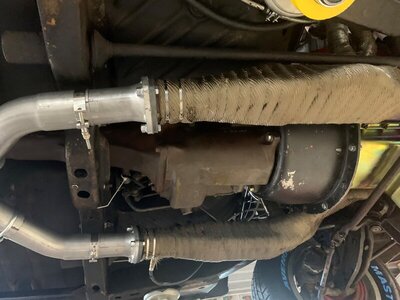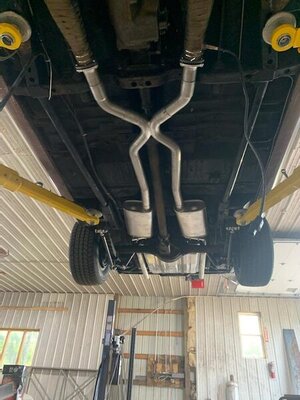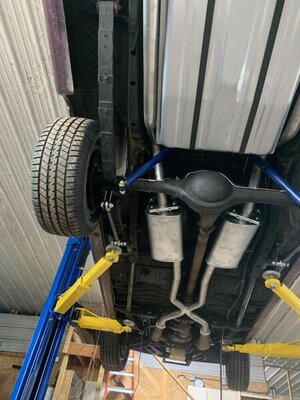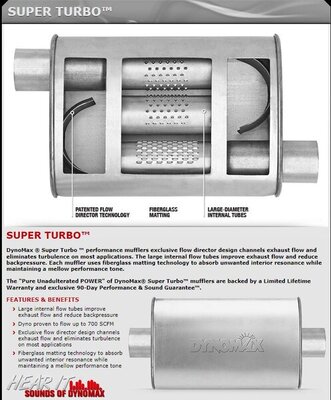Nate S
Well-Known Member
The engine is a 1970 383 HP block with factory flat tops, compression is 9.4/9.5 through 518 heads with oversized stainless steel valves and 0.20 shim steel head gaskets. Intake is a Edelbrock Performer with a Edelbrock 650 CFM carb, electronic ignition, voltage regulator and Engel cam just slightly hotter than what came in the road runners. As stated I am running HP manifolds through dual 2” exhaust with Flow masters. Thansmission is the original 3 speed automatic with valve body and push button shift. Gearing was just updated to 3.23 sure grip in a 68/70 8 3/4” rear end housing. I haven’t had a chance to drive the car since all the changes but I am hoping for the best. Thanks for the input!
View attachment 1198258View attachment 1198259View attachment 1198260
Ok, just have to ask, 518 or 516 heads? 518 are MW.





















